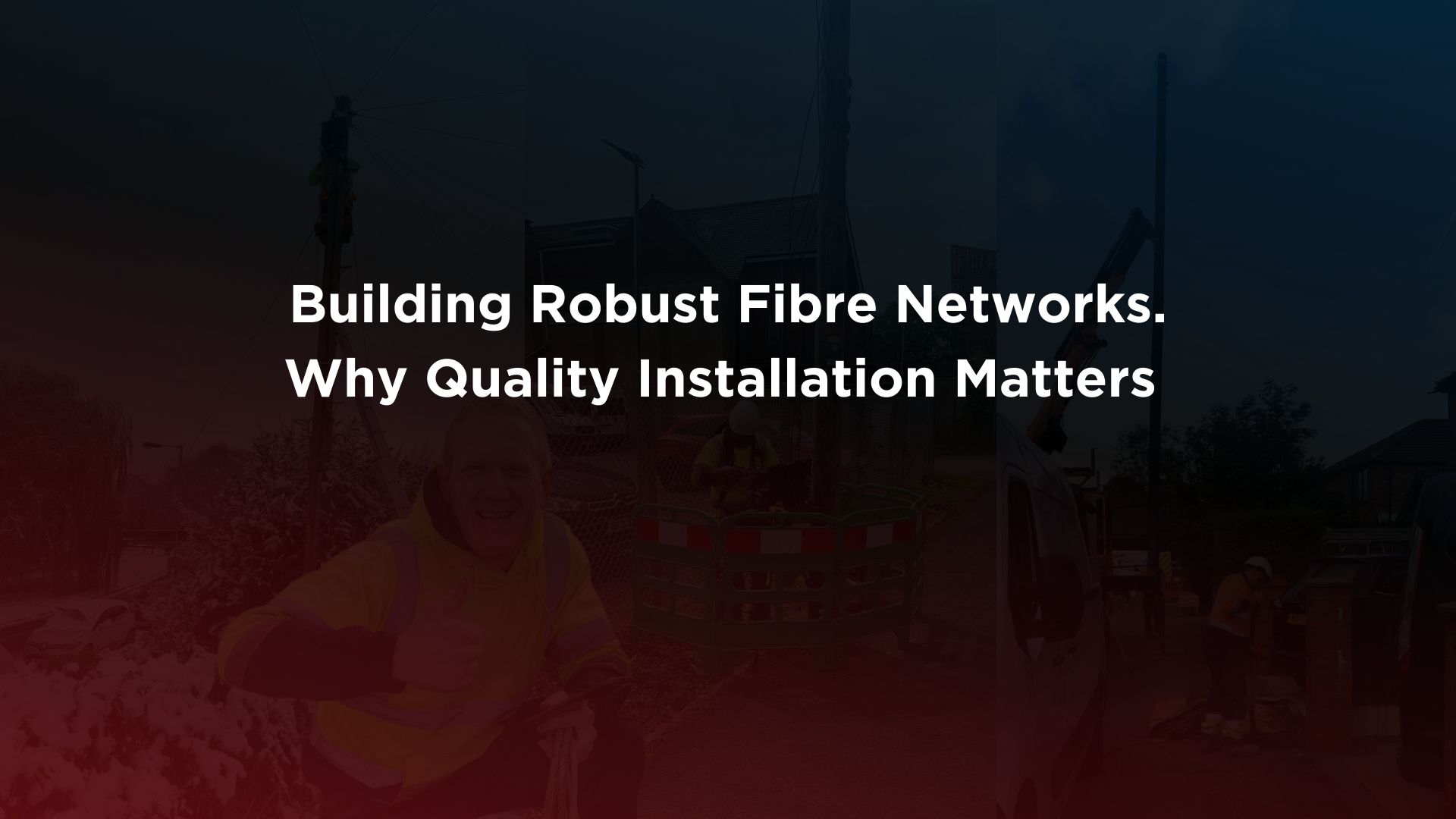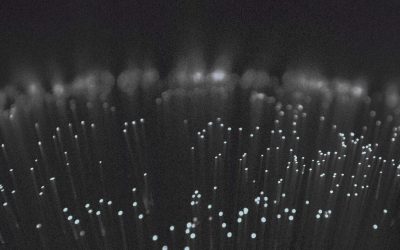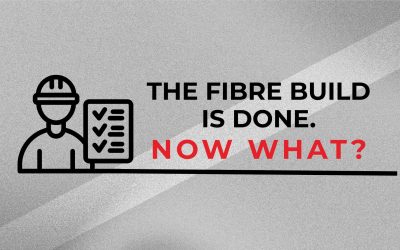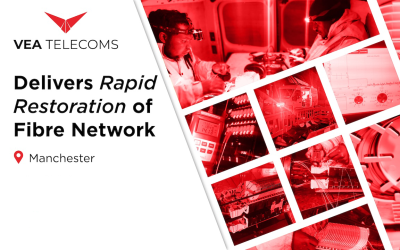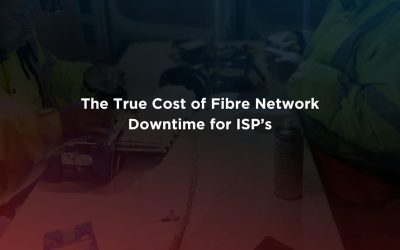In today’s digital-first world, reliable connectivity is critical. The UK’s fibre networks serve as the foundation of modern communication, providing businesses and households with high-speed internet, seamless data transfer, and ultra-low latency. However, building a robust fibre network is not just about deploying cables, it requires precision, quality, and future-proofing to meet the ever-growing demand for connectivity.
A well-installed fibre network delivers more than speed, it ensures durability, long-term cost savings, and peak performance with minimal maintenance. This article explores why quality fibre installation is essential and how expert execution guarantees a network built for the future.
Precision Installation for Maximum Performance
Fibre optic networks are only as strong as their weakest link. Poorly installed fibre, whether due to misaligned connections, improper splicing, or inadequate testing, can lead to signal loss, interference, and reduced speeds. This undermines the entire purpose of deploying high-speed infrastructure.
A high-quality fibre installation ensures:
- Optimal signal strength – Proper splicing and termination maintain data integrity.
- Minimal latency – Guarantees smooth, ultra-fast connectivity with no interruptions.
- Network reliability – Reduces the risk of dropouts, packet loss, and performance inconsistencies.
According to Ofcom’s 2025 Connected Nations report, 69% of UK homes (20.7 million) now have access to full-fibre broadband, a significant increase from 57% in September 2023. Northern Ireland leads the way with 93% full-fibre coverage. Additionally, full-fibre and cable networks now provide gigabit-capable broadband to 83% (25 million) of UK homes, positioning the government on track to achieve its 85% coverage target by 2025 (Ofcom Report). High-quality installation is essential to ensuring these networks deliver on their promise.
Long-Term Cost Savings Through Durability
Cutting corners on fibre installation might seem cost-effective in the short term, but poor-quality builds lead to expensive repairs and network downtime. Common issues arising from substandard installation include:
- Frequent signal degradation – Poorly handled cables result in attenuation and performance loss.
- High maintenance costs – Faulty splicing and weak connections demand ongoing fixes.
- Increased downtime – Service disruptions impact businesses, ISPs, and end-users.
Network faults can cost UK ISPs billions annually due to service downtime and maintenance costs. Investing in high-quality fibre installation upfront leads to fewer failures and lower operational costs.
Infrastructure Protection Against Environmental Damage
Fibre networks are designed to last decades, but without proper shielding and installation techniques, they become vulnerable to environmental damage, construction work, and weather conditions. Protective measures include:
- Ducted installations – Prevent accidental damage from roadworks.
- Armoured cables – Offer additional protection in high-risk environments.
- Weatherproof enclosures – Protect connections from moisture and extreme temperatures.
The UK experiences over 70,000 accidental cable strikes per year, disrupting services and costing businesses millions (Digging Up Britain 2025). Ensuring proper fibre installation minimises these risks.
Future-Proofing Through Scalable Network Design
The demand for higher bandwidth is growing, with the UK government increasing Project Gigabit funding to £6 billion to accelerate nationwide full-fibre rollout (Gov.uk). Future-proofing networks is essential to accommodate this expansion.
A well-planned fibre network should:
- Support scalability – Easily integrate with future 5G and smart city technologies.
- Meet increasing bandwidth demands – Avoid costly infrastructure overhauls.
- Comply with evolving industry standards – Ensure longevity in a fast-changing market.
Compliance & Industry Standards: The Key to Reliability
Fibre installations must meet strict UK and EU standards to ensure safety, stability, and efficiency. Poorly installed networks can lead to:
- Safety hazards – Risk of fire or electrical interference.
- Network instability – Frequent outages and poor service quality.
- Legal & financial repercussions – Non-compliance with industry regulations.
Organisations like BT Openreach and the UK Fibre Connectivity Forum set stringent guidelines for installation best practices (UKFCF). Choosing experienced fibre build providers ensures compliance and high service quality.
Expert Maintenance & Support Keeps Networks Running
Even the best-installed fibre networks require proactive maintenance. A well-executed fibre build facilitates:
✔️ Routine inspections – Identifies potential faults before they escalate.
✔️ Proactive monitoring – Minimises downtime with predictive maintenance.
✔️ Efficient troubleshooting – Ensures swift fault resolution and optimisation.
Build It Right, Build It Strong
A strong fibre network isn’t just about speed, it’s about precision, durability, and long-term performance. Investing in high-quality installation minimises downtime, lowers costs, and ensures networks are ready for future demand.
At VEA Telecoms, we specialise in expert fibre network planning, installation, and maintenance, delivering high-performance, future-ready connectivity. Whether you’re expanding your network or building from the ground up, our team ensures your fibre infrastructure is built to last.
Future-proof your connectivity today! Contact VEA Telecoms for industry-leading fibre network solutions.

